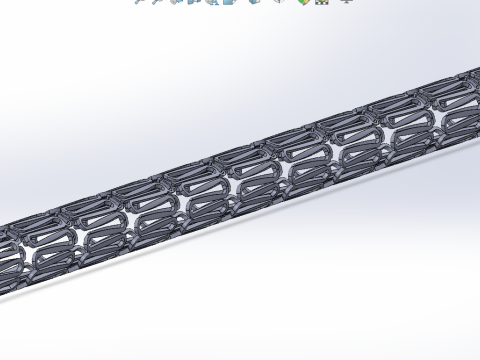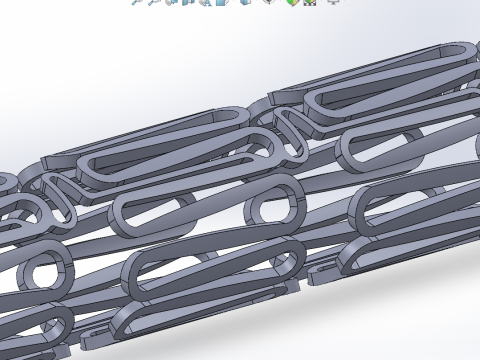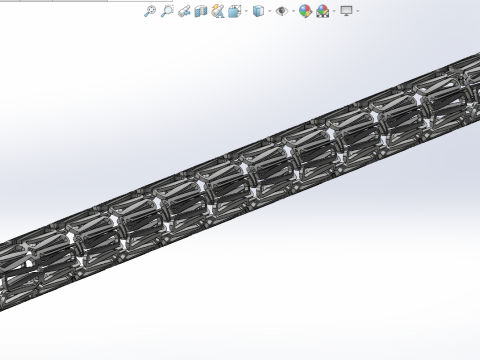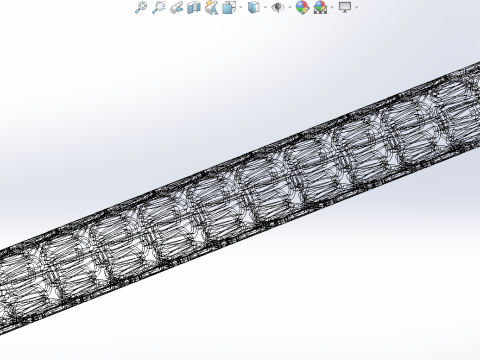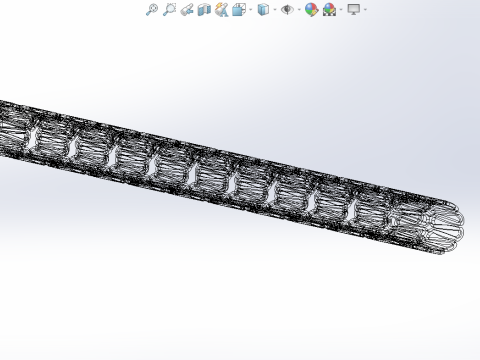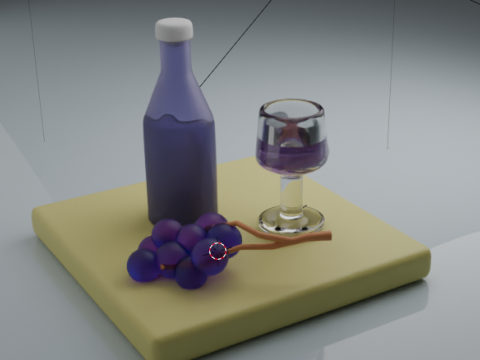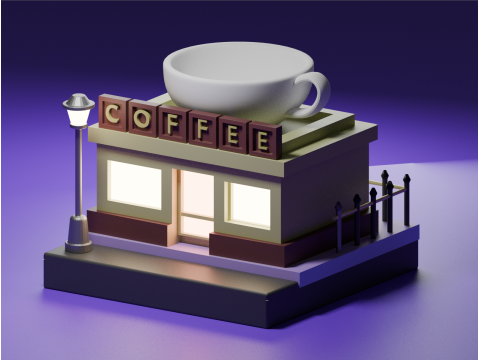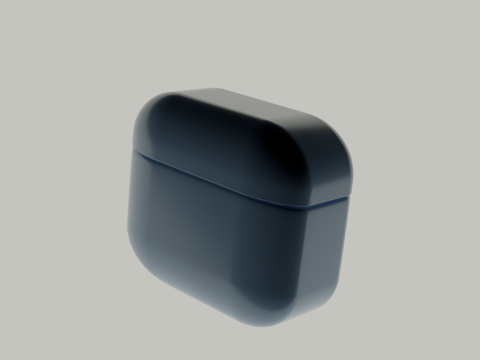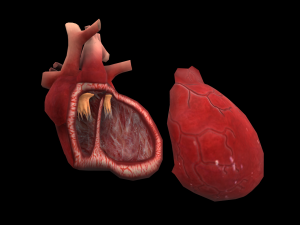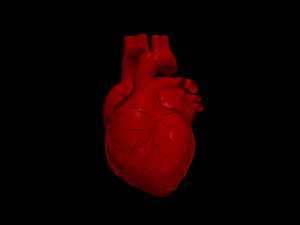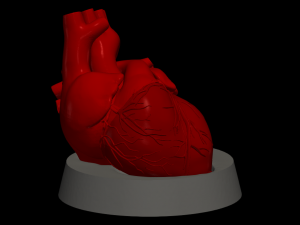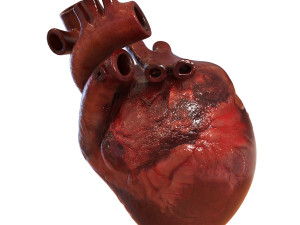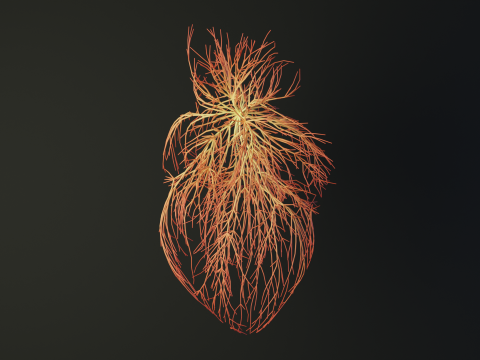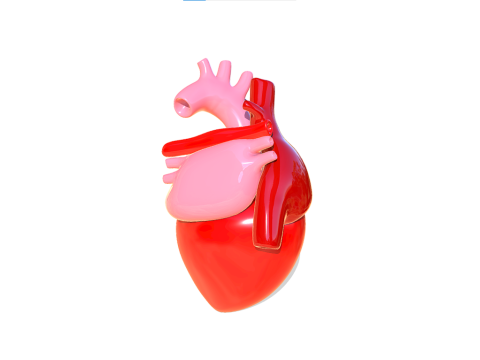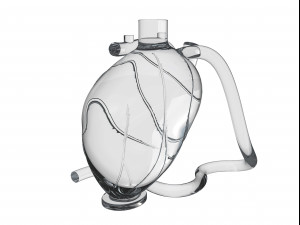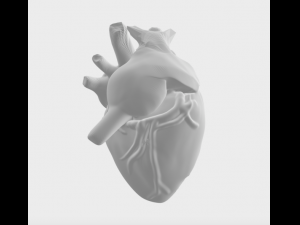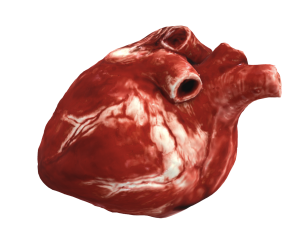Hybrid Stent-Heart 3D Model

- Request product support by the author
- Available formats:
- Item ID:574889
- Date: 2025-05-21
- Polygons:676020
- Vertices:181066
- Animated:No
- Textured:No
- Rigged:No
- Materials:
- Low-poly:No
- Collection:No
- UVW mapping:No
- Plugins Used:No
- Print Ready:No
- 3D Scan:No
- Adult content:No
- PBR:No
- AI Training:No
- Geometry:Polygonal
- Unwrapped UVs:Unknown
- Views:1023
Description
Biomedical Stent Model for 3D Printing and CAD ApplicationsOverview
This is a highly detailed, parametric 3D model of a stent-like structure designed in SolidWorks, ideal for biomedical engineering, 3D printing, and finite element analysis (FEA). The model features a cylindrical lattice with a precise zigzag pattern, optimized for both visualization and functional prototyping. Perfect for researchers, engineers, and hobbyists working on medical device development or educational projects.
Key Specifications
Dimensions:
Length: 18.20 mm
Outer Diameter: 1.56 mm
Wall Thickness: 62.5 µm
Strut Width: 62.5 µm
Geometry: Cylindrical mesh with a repeating zigzag pattern, designed for flexibility and radial strength.
Polygon Count: Approximately 676020 triangles (STL format, fine resolution).
Vertex Count: Approximately 181066 vertices.
File Formats:
SolidWorks Native: .sldprt (fully parametric, editable)
Neutral Formats: STEP, IGES (for CAD compatibility)
3D Printing: STL (optimized for FDM and SLA printers)
Materials: Configured for stainless steel 316L (common for stents), with options for other biocompatible materials in simulation.
Features
Parametric Design: Built in SolidWorks with fully editable sketches and features, allowing customization of dimensions (e.g., diameter, length, strut thickness).
3D Printing Ready: STL file optimized with minimal overhangs and 0.8 mm minimum wall thickness for reliable printing on FDM or SLA printers (tested with Cura and PrusaSlicer).
Simulation Ready: Suitable for FEA in ANSYS or LS-DYNA to analyze expansion, foreshortening, and vessel contact (surface area: ~21.72 mm² for nominal diameter).
High Accuracy: Modeled with precise tolerances (±0.01 mm) and validated using SolidWorks’ Check Entity tool for clean geometry.
Applications
Biomedical Research: Ideal for prototyping stent designs or studying mechanical behavior (e.g., radial strength, foreshortening).
3D Printing: Perfect for creating physical prototypes for testing or educational displays.
Engineering Education: Suitable for teaching CAD, FEA, or medical device design.
Custom Projects: Configurable for specific diameters or lengths, adaptable for other tubular lattice structures.
Usage Notes
3D Printing: Recommended layer height of 0.1–0.2 mm for SLA or 0.2–0.3 mm for FDM. Use supports for complex lattice sections.
CAD Compatibility: STEP/IGES files ensure compatibility with other CAD software (e.g., AutoCAD, Fusion 360).
Licensing: Royalty-free for commercial and non-commercial use (see 3DExport license terms).
Customization: Contact for bespoke modifications (e.g., adjusting zigzag angle ~33.3° or pattern density).
Need more formats?
If you need a different format, please send us a Conversion Request. We can convert 3D models to: .stl, .c4d, .obj, .fbx, .ma/.mb, .3ds, .3dm, .dxf/.dwg, .max. .blend, .skp, .glb. Free Format ConversionWe do not convert 3d scenes and solid formats such as .step, .iges, .stp, .sldprt etc!
Usage Information
Hybrid Stent-Heart - You can use this royalty-free 3D model for both personal and commercial purposes in accordance with the Basic or Extended License.The Basic License covers most standard use cases, including digital advertisements, design and visualization projects, business social media accounts, native apps, web apps, video games, and physical or digital end products (both free and sold).
The Extended License includes all rights granted under the Basic License, with no usage limitations, and allows the 3D model to be used in unlimited commercial projects under Royalty-Free terms.
Read more


 English
English Español
Español Deutsch
Deutsch 日本語
日本語 Polska
Polska Français
Français 中國
中國 한국의
한국의 Українська
Українська Italiano
Italiano Nederlands
Nederlands Türkçe
Türkçe Português
Português Bahasa Indonesia
Bahasa Indonesia Русский
Русский हिंदी
हिंदी